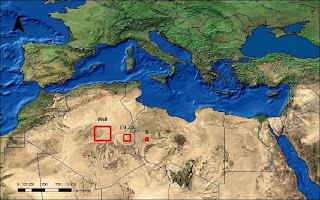Here are three ideas to supply Europe with electricity:
1. Geothermal power from IcelandIn April 2007, the Icelandic National Energy Authority signed a deal with Energie Baden-Wuerttemberg from Germany, to work on electricity being transmitted to Germany from Iceland. A 1,200-mile ocean-floor cable is envisaged to carry electricity to Britain’s national grid before reaching Germany. The proposal is to drill 3.8km through the Earth's crust into the hot basalt below, in order to tap into temperatures of up to 600C and generate enough geothermal electricity to power up to 1.5 million homes in Europe.
See
Iceland’s hot rocks may be power source for UK in
The Sunday Times2. Hydropower from CongoThe Grand Inga power station is a project to harness hydropower of the Congo River. Located near the mouth of the Congo River, with an output of 39,000 megawatts, Grand Inga would be the world's biggest hydroelectric scheme, generating twice the power of China's Three Gorges dam.
Three electricity superhighways would deliver power south to Angola, Botswana and South Africa, west towards Nigeria and north to Egypt and - ultimately - southern Europe. The project might cost $US80billion, but power delivered from Grand Inga to the Italian border would cost less than the current market price of electricity in Italy today.
See
Africa waits on scheme to harness the power of the Congo River in
The Sunday Times3. Thermal solar power from AfricaThe
Trans-Mediterranean Renewable Energy Cooperation (TREC) was founded in September 2003. One proposal is for Thermal Solar Power to be generated in the deserts of Africa, for transmission by means of High-Voltage Direct Current cables to Europe, with losses of only about 3% per 1000 km, adding up to losses across the Mediterranean of 10-15% to Europe.

The above picture below is from:
http://en.wikipedia.org/wiki/Image:Fullneed.jpgThe red squares on the image represent the theoretical space needed for solar power plants to generate sufficient electric power in order to meet the electricity demand of respectively the World, Europe (EU-25) and Germany, based on data from a
study by the German Center of Aerospace (DLR), P. 12 bzw. 26, 2005.

